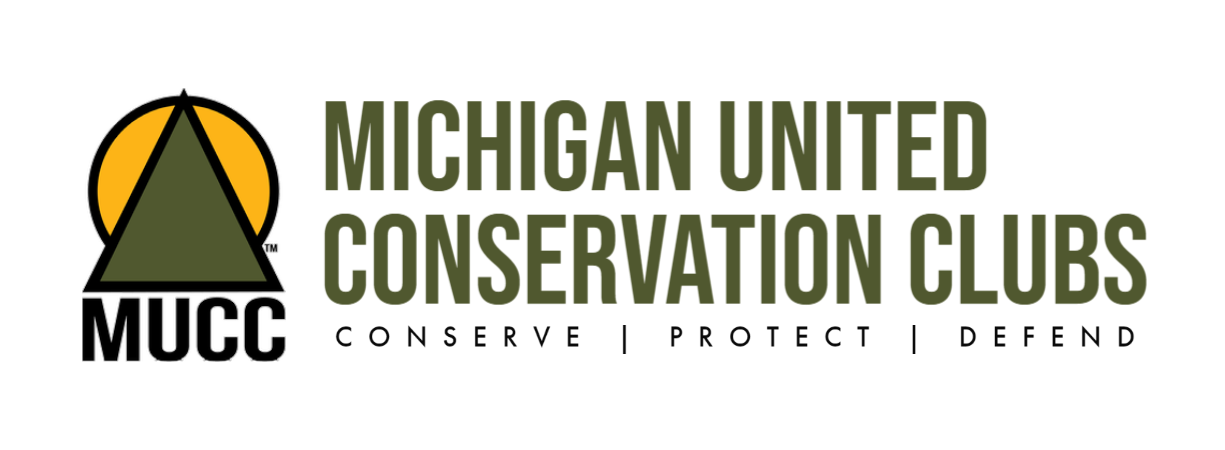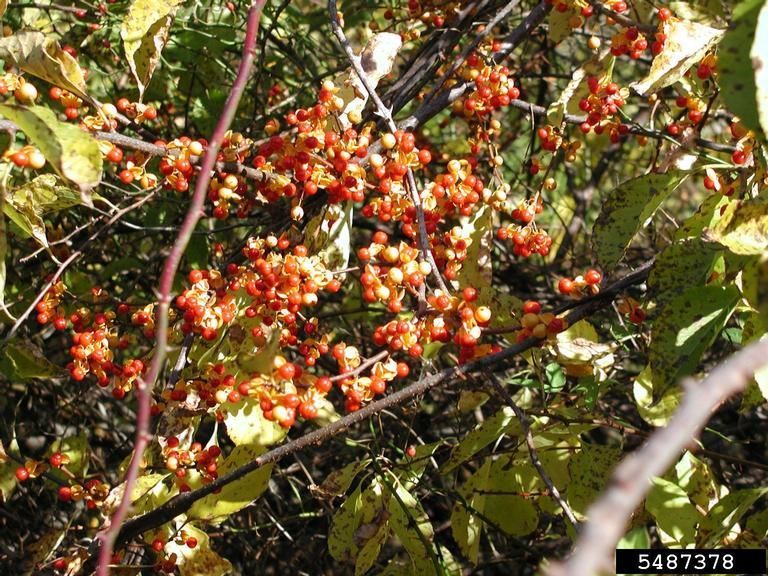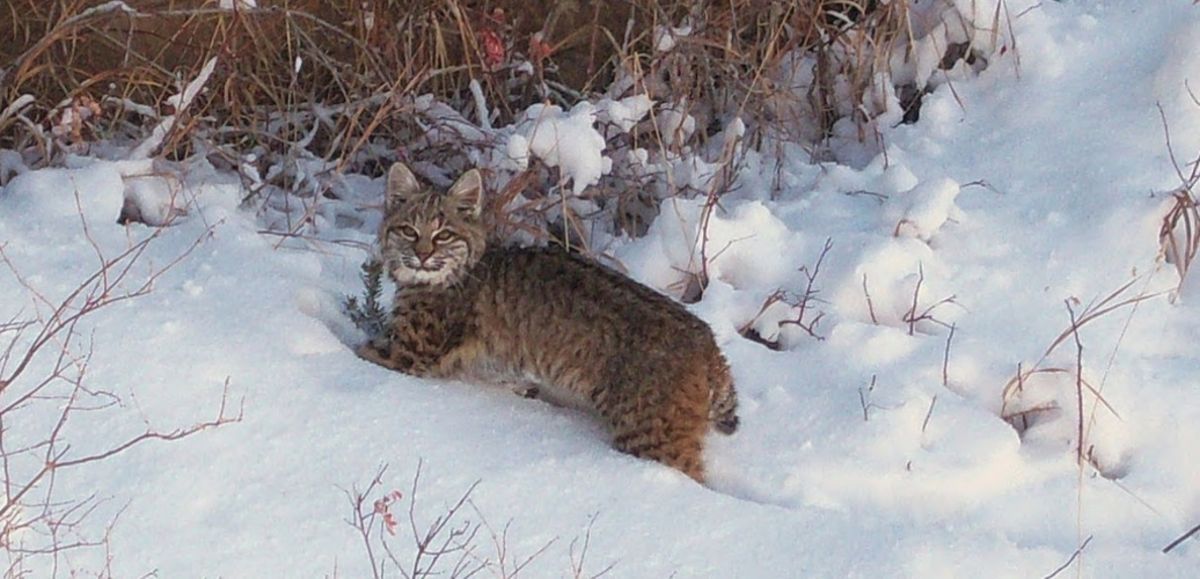On the Ground: Enhancing Small Game Habitat Across Michigan Since 2013
Now in its eighth year, the On the Ground (OTG) program has improved more than 2,000 acres of wildlife habitat on public lands across Michigan. The projects align with the management goals of each state forest or state game area, and we collaborate directly with DNR wildlife biologists and technicians to develop projects that will improve habitat for featured species at each site. One effort the OTG program has been particularly involved in is improving small game habitat.
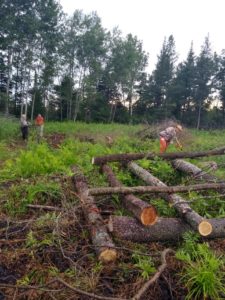
OTG volunteers building the base of a brush pile in Clare County at an event in July 2019.
Brush piles are a critical component of quality small game habitat, and volunteers with the OTG program have contributed countless weekend hours across the Lower Peninsula building what we call “rabbitat” (rabbit habitat). Despite the name, these brush piles also benefit other small game like ruffed grouse and squirrels while benefiting an abundance of nongame species as well. These brush piles can provide immediate shelter from predators or inclement weather, and serve as a location for nests and dens.
Together with the DNR wildlife professionals in the project region, volunteers often use invasive or unfavorable trees in an area as materials to assemble these brush piles. By targeting specific trees at these projects, volunteers are able to clear the area of invasive vegetation that is out-competing native tree species while simultaneously enhancing habitat for small game. Additionally, this favorable disturbance opens up the targeted landscape for young forests to regenerate.
In addition to brush piles, the OTG program has also benefited species liked ruffed grouse, cottontails and snowshoe hare through the planting of mast-producing trees and conifer trees throughout both the Lower and Upper Peninsulas. These trees provide foraging material and cover to rabbit and grouse, and also contribute to the overall health of the ecosystem by benefiting a number of other game and nongame species.
Interested in seeing where we’ve built rabbitat or planted trees? Visit mucc.org/on-the-ground to view our interactive project map.
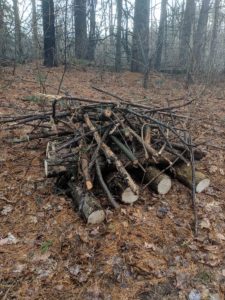
Example of a brush pile built from woody debris left over from an invasive tree removal along a hunter access trail at an OTG event in Spring 2019.
If you would like to get involved with an OTG project and become a wildlife volunteer, check out the upcoming rabbitat project highlighted below or visit the OTG website for a full list of upcoming events.
Saturday, March 7, 2020 – Creating small game habitat in Clare County
Join us in improving small game habitat in Clare County off of S. Rogers Avenue in Harrison, Michigan. This project site has been an important addition to DNR managed land, and OTG is looking forward to returning to the site to continue building brush piles that benefit small game like rabbit and ruffed grouse. Volunteers are encouraged to dress in warm layers and bring proper winter gear. Free lunch and t-shirts provided by MUCC. Meet at 9 A.M. at the parking lot just north of the field on S Rogers Avenue (1 mile south of M-61 in Harrison, MI: 43°58’34.4″N 84°42’23.2″W) .
The post On the Ground: Enhancing Small Game Habitat Across Michigan Since 2013 appeared first on Michigan United Conservation Clubs.
